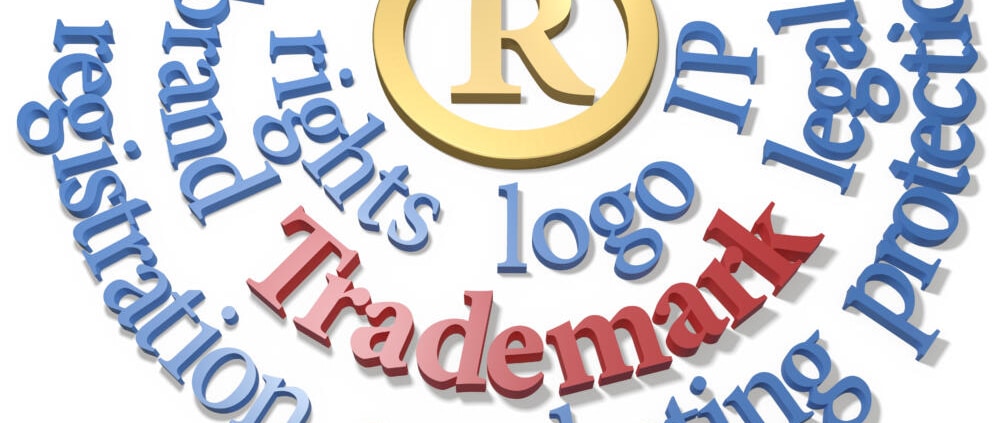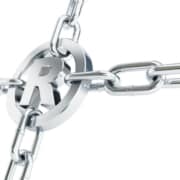USPTO Adds New Tools for Brand Owners to Challenge Registrations and Applications
The Trademark Modernization Act, which took effect on December 18, 2021, added three new tools for brand owners to remove USPTO trademarks and applications based on inaccurate claims of use in U.S. commerce. The new tools, letters of protest, expungements, and re-examinations, provide a faster, more efficient, and less expensive alternative to a contested inter parties cancellation proceeding previously only available through opposition and cancellation proceedings before the Trademark Trial and Appeals Board (TTAB).
Letters of Protest
A Letter of Protest is a tool that allows a third party to give the USPTO evidence about the registrability of a trademark in a pending application that belongs to another trademark owner. The third party may point out potential issues with a trademark application and make a case for rejection of the application using a Letter of Protest, before a registration is ever issued. There is no limitation on the ground for refusal – any ground upon which an examining attorney could refuse registration can be asserted. The Director is required to act expeditiously on the letter – within 2 months of submission. The Director’s decision is final and non-reviewable, but an unsuccessful challenger can still raise the issue in another proceeding (opposition, cancelation, litigation).
Expungements
While Letters of Protest can be filed during the application phase, Expungements and Re-Examinations are meant to challenge marks that have already been registered. Any party may request cancellation of some, or all, of the goods or services in a registration because the registrant never used the trademark in commerce with those goods or services. The challenger must request Expungement between three and ten years after the registration date.
To institute an expungement proceeding, the complaining party must conduct a “reasonable investigation” and supply evidence thereof showing that the registered mark was never used for the challenged goods and services. Upon finding of a prima faciecase, the Director will provide notice to the registrant. If no prima facie case is found to exist, the petition is dismissed.
Re-Examinations
Any party may request cancellation of some or all of the goods or services in a use-based registration on the basis that the trademark was not in use in commerce with those goods or services on or before a particular relevant date. For applications that were based on actual use, the relevant date will be the filing date of the application. For applications that were based on intent to use, the relevant date is either: the date that an amendment to allege use was filed; or the date that the deadline to file a statement of use expired, including all approved extensions of time. The challenger must request Re-Examination within the first five years after registration.
To institute an re-examination proceeding, the like an expungement proceeding, the complaining party must conduct a “reasonable investigation” and supply evidence thereof showing that the registered mark was not used in U.S. commerce as of the “relevant date.” The “relevant dates” at issue all involve sworn statements that the marks were being used in commerce. As such, re-examination proceedings aim to address registrations that were obtained through false statements. However, re-examination proceedings also apply to registrations that include innocent misstatements or misunderstandings about what is required for “use” in commerce.
How Can Brand Owners Use These New Tools?
How will these new, more cost effective tools be utilized by brand owners? Here are a few scenarios that we anticipate:
Company A has come up with a Brand Name for its hot new product, and is really excited about the Brand Name. Before launch, Company A commissioned a trademark clearance search to make sure that Brand Name was available for use in connection with the goods associated with the new product. Unfortunately, the search came back with a nearly identical registered mark that was registered for nearly identical goods four years ago. Company A, however, has been in business for years and has never seen any products offered in the marketplace under the registered mark. Since the mark was registered four years ago, it falls within the time frame for either an Expungement (3-10 years after registration) or a Re-Examination (0-5 years after registration). A good strategy would be for Company A to have its attorney conduct a “reasonable investigation” to determine if grounds exist for filing an Expungement or Re-Examination. If an Expungement or Re-Examination is successful, the path for Company A to register Brand Name can be cleared.
Company B is the owner of Registered Trademark. Company B’s attorney employs a watch service to monitor for applications for marks that may conflict with its Registered Trademark. The watch service identified a New Trademark Application that is similar to Company B’s mark and is used for some similar goods that Company B is considering expanding its Registered Trademark to cover. Rather than waiting for the New Trademark Application to be examined and possibly approved for publication, Company B can file a Letter of Protest to present it’s case for refusal of the New Trademark Application before it may be approved for publication.
How Can We Help You?
If you are an attorney interested in learning more about the impact of the Trademark Modernization Act, Rick Martin is teaching a live video webinar on Detangling The Trademark Modernization Act on February 28, 2022 at 10:00 am CST.
If you are a brand owner trying to figure out how to best protect your brand, we are here to help. Contact us to see how we can use these new tools to help you strengthen and protect your valuable brand.








